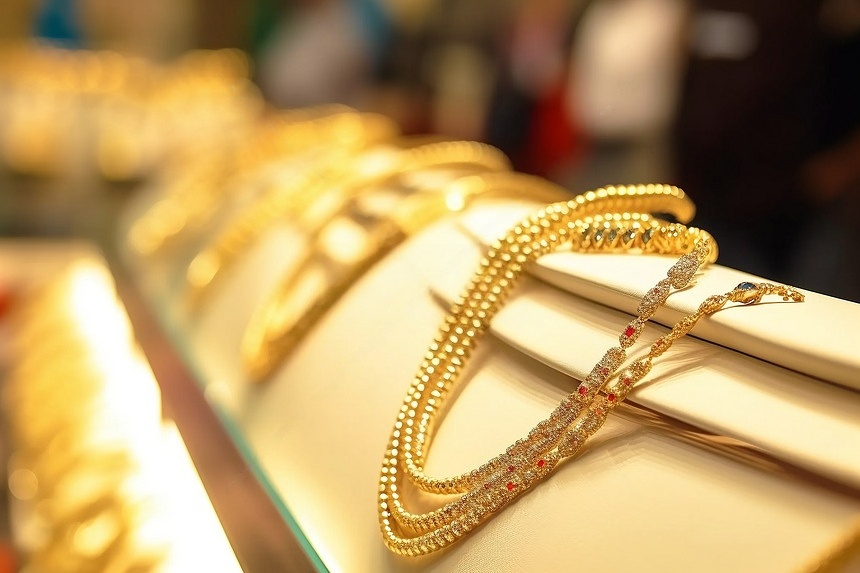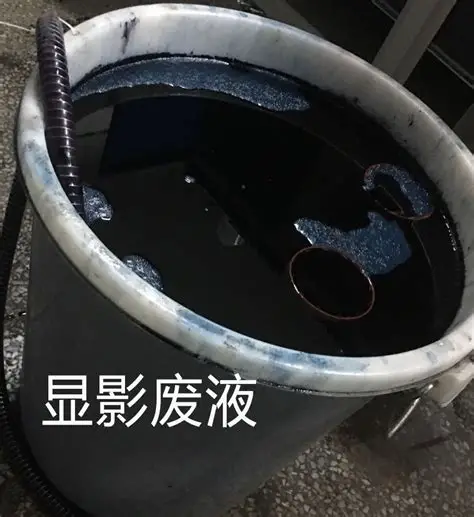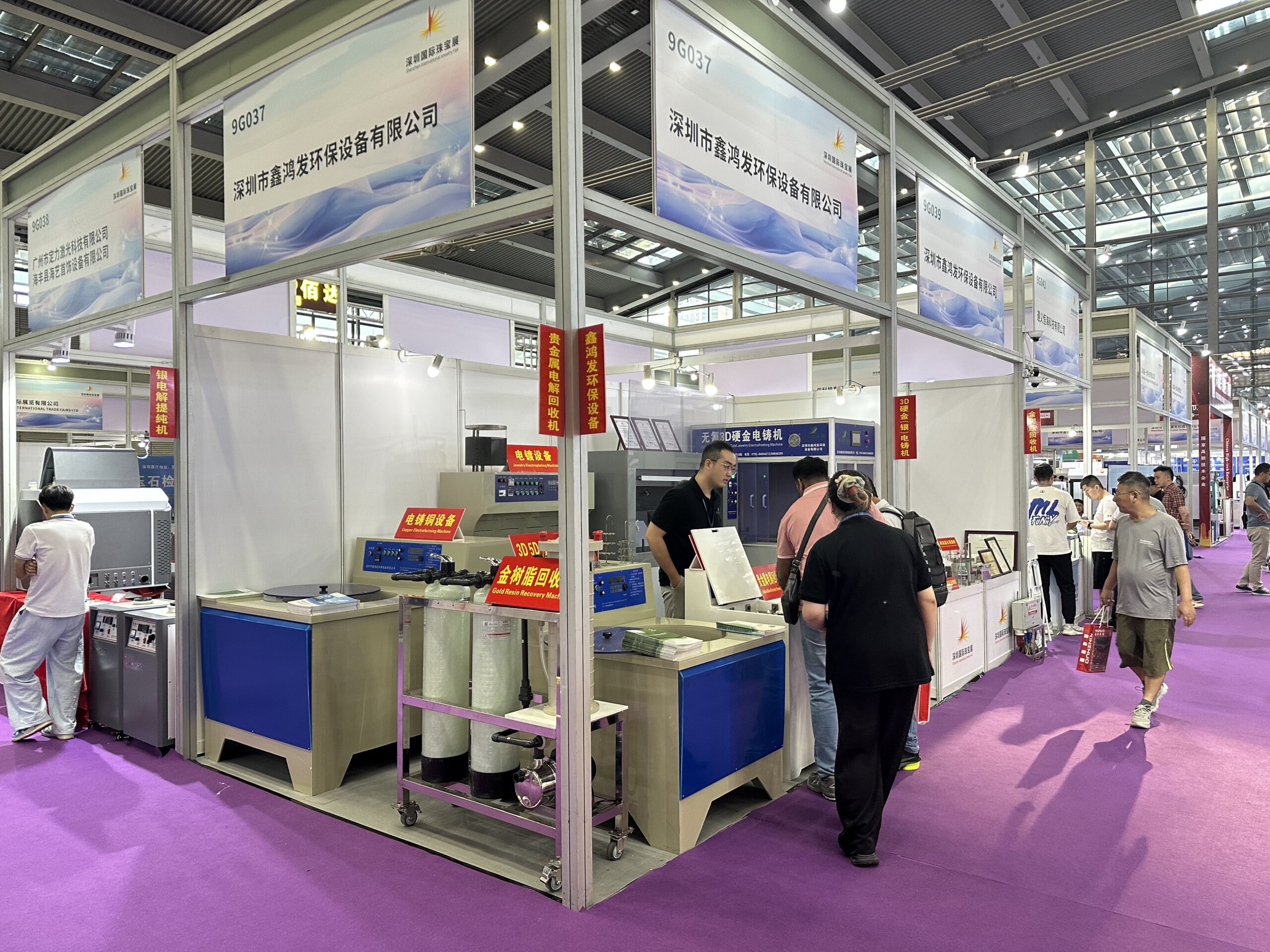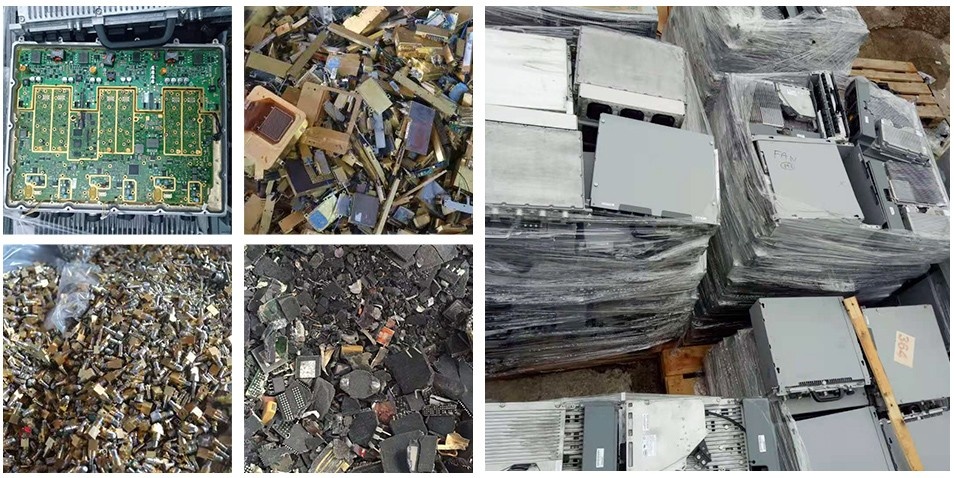Chapter 1 Basic Concepts and Common Products of 18K Electroformed Gold
Karat gold is a very common and widely used precious metal in the jewelry industry. 18K gold has long dominated the market due to its balanced purity, hardness, and color. 18K gold is 75% pure gold, with the remaining 25% consisting of other metals (such as silver, copper, and palladium). This combination allows gold to retain the texture and color of precious metals while significantly enhancing its hardness and wear resistance, making it suitable for everyday jewelry.
Traditional 18K gold jewelry production relies on casting, forging, and welding. However, with the recent development of electroforming technology, 18K electroformed gold has become an emerging alternative. The core advantage of electroforming gold lies in its ability to significantly reduce weight and material consumption while maintaining its appearance and texture, thereby lowering costs and increasing product design freedom.
Common 18K electroformed gold products include:
1. Electroformed gold necklaces and bracelets: These typically feature a hollow structure, offering a variety of shapes while being lightweight and comfortable to wear.
2. Electroformed gold earrings and studs: These offer a refined and elegant appearance, weighing significantly less than solid 18K gold, making them popular among women.
3. Electroformed gold rings: These can be produced in large sizes and with intricate patterns, yet at a lower cost than traditional methods.
4. Electroformed gold pendants: These are in high demand due to their high three-dimensionality and freedom of design.
5. Electroformed gold jewelry: These include high-end crafts such as Buddha statues and religious ornaments, showcasing the metallic texture while saving significant amounts of gold raw materials.
Through electroforming technology, 18K gold is no longer limited to the traditional “weight determines value” of its products. Instead, its core competitive advantage lies in the balance of “design, craftsmanship, and materials,” providing the market with a wider range of options.
Chapter 2 Advantages and Value of 18K Electroformed Gold
Compared to traditional solid 18K gold products, 18K electroformed gold offers significant advantages in the following areas:
1.Lightweight and comfortable to wear
The electroforming process can create hollow or thin-walled structures, making jewelry lighter while maintaining volume. For example, a traditional solid 18K gold necklace may weigh 50 grams, while the same necklace made using electroforming can weigh less than 25 grams. This lightweight design not only reduces production costs but also enhances the wearing experience.
2.Cost savings and lower prices
Gold prices have long remained high in the global market. Electroforming can reduce gold usage while maintaining aesthetic quality, thereby reducing product costs by 20%–50%. This gives jewelry companies a greater price advantage in the market.
3.High design freedom
Traditional processes are often limited by the hardness and weight of the material when producing large, complex jewelry. Electroforming technology, however, can easily create hollow, openwork, complex patterns, and even three-dimensional structures, providing designers with extensive creative freedom.
4.Maintaining the noble quality of 18K gold
Although electroforming reduces the amount of gold used, the product surface remains 18K gold, resulting in a gloss, color, and feel virtually identical to solid 18K gold. Consumers find it difficult to distinguish electroformed from solid products based on appearance.
5.Environmental Protection and Sustainability
The gold solution required for the electroforming process can be regenerated and purified after use using our precious metal recovery equipment, significantly reducing resource waste. This not only reduces long-term costs for businesses but also supports environmental protection.
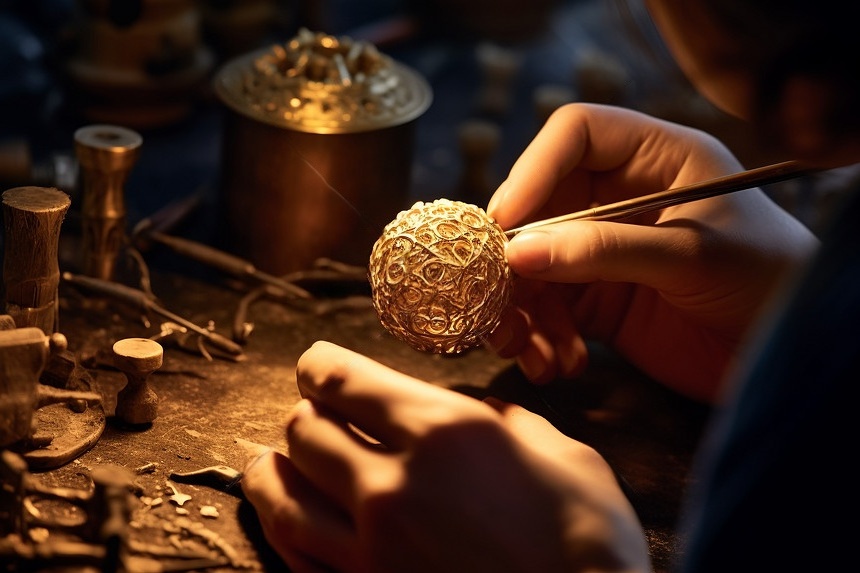
Chapter 3 Manufacturing Process and K Value Control Principle
1. Electroforming Process Overview
The production of 18K electroformed gold is primarily divided into the following steps:
a.Wax Model Making: First, the desired jewelry model is created from wax.
b.Conductive Treatment: A conductive layer is sprayed onto the wax model to enable metal deposition in an electrolyte.
c.Electroforming Deposition: The model is placed in an electrolyte containing 18K gold ions. A current is applied, and metal is deposited layer by layer on the surface.
d.Wax Removal: After electroforming, the wax core is removed by heating or dissolving, resulting in a hollow gold product.
e.Post-Processing: This includes polishing, electroplating, and inlaying, ensuring the final product is achieved.
2. Principles of Karat Value Control
The core of 18K gold lies in its “75% gold content.” During the electroforming process, the ratio of gold, silver, and copper ions in the electrolyte must be strictly controlled, and the current density and electrolysis time must be maintained stable. Specific methods include:
a.Electrolyte Proportioning: The solution is prepared according to the alloy ratio of 18K gold to ensure the precise concentration of gold, silver, and copper ions.
b.Current Density Control: The current is adjusted to maintain the deposition rate consistent with the metal ratio.
c.Online Monitoring and Calibration: Our online testing equipment monitors the Karat value in real time to ensure that the finished product consistently meets the 18K standard.
This scientific control method ensures that electroformed products can meet the stringent international market requirements for 18K gold while reducing gold usage.
Chapter 4 Market Situation of 18K Electroformed Gold
1. International Market
18K electroformed gold jewelry is particularly popular in the European and American markets. European and American consumers prioritize comfort and design, and electroformed products perfectly meet these demands for lightweight and stylish designs. In Italy in particular, electroformed gold has become widely used in high-end jewelry manufacturing.
The Middle East boasts a significant consumption of gold jewelry. Because electroforming can reduce costs while maintaining a luxurious appearance, a growing number of wholesalers and retailers in the region are introducing 18K electroformed gold products.
18K electroformed gold is also gaining popularity in Southeast Asian and South Asian markets, such as Malaysia, India, and Vietnam. Consumers in these countries have limited purchasing power, and electroforming allows them to purchase high-quality jewelry at a lower price, creating significant market potential.
2. China Market
Traditionally, Chinese consumers have preferred pure gold jewelry, but with the changing tastes of younger generations, 18K gold is gradually gaining acceptance. Electroformed 18K gold products are particularly popular among young consumers due to their affordability and fashionable designs. In recent years, electroformed gold has seen explosive sales on domestic livestreaming e-commerce platforms, with some styles even becoming bestsellers.
In the future, as consumer education deepens, electroformed gold is expected to capture a larger share of the Chinese market.
Chapter 5 Cost Structure and Production Control
1. Cost Structure
The cost of 18K electroformed gold jewelry is primarily composed of the following components:
a.Raw material costs: including precious metals such as gold, silver, and copper.
b.Chemical agent costs: such as electroforming solution and gold-removing powder.
c.Equipment costs: electroforming machines, recycling machines, polishing equipment, etc.
d.Labor costs: craftsmen, designers, and quality inspectors.
e.Energy costs: electricity consumption and workshop maintenance costs.
Compared to traditional processes, electroforming can save 20%–50% of gold raw material costs.
2. Cost Control Methods
a.Use our precious metal recycling machine to recover residual metal ions and reduce losses.
b.Optimize electroforming process parameters to reduce defective product rates.
c.Large-scale batch production to dilute equipment and labor costs.
Through these measures, the overall cost of 18K electroformed gold products is significantly lower than that of solid products, thereby increasing corporate profit margins.
Chapter 6 Future Development Trends and Industry Outlook
As a jewelry material that combines aesthetics, practicality, and cost-effectiveness, 18K electroformed gold holds enormous market potential.
Projected future development trends include:
1.Green and environmentally friendly processes: Cyanide-free electroforming and environmentally friendly electrolytes will become mainstream in the industry.
2.High-end customization: Consumers are increasingly pursuing personalized designs, and electroforming offers the potential to achieve complex shapes.
3.Cross-border applications: Beyond jewelry, 18K electroformed gold may also find applications in new areas such as electronic components and decorative art.
4.Global market expansion: As China’s manufacturing industry gains increasing influence in the international market, 18K electroformed gold will gradually become a key export category.
Chapter 7 Conclusion
In summary, 18K electroformed gold not only offers a wide variety of product types but also demonstrates significant advantages in terms of process and cost. Its emergence not only satisfies consumers’ demand for fashion and comfort but also provides businesses with higher profit margins. With the advancement of environmentally friendly technologies and market education, 18K electroformed gold will occupy an increasingly important position in the global jewelry market in the future.

